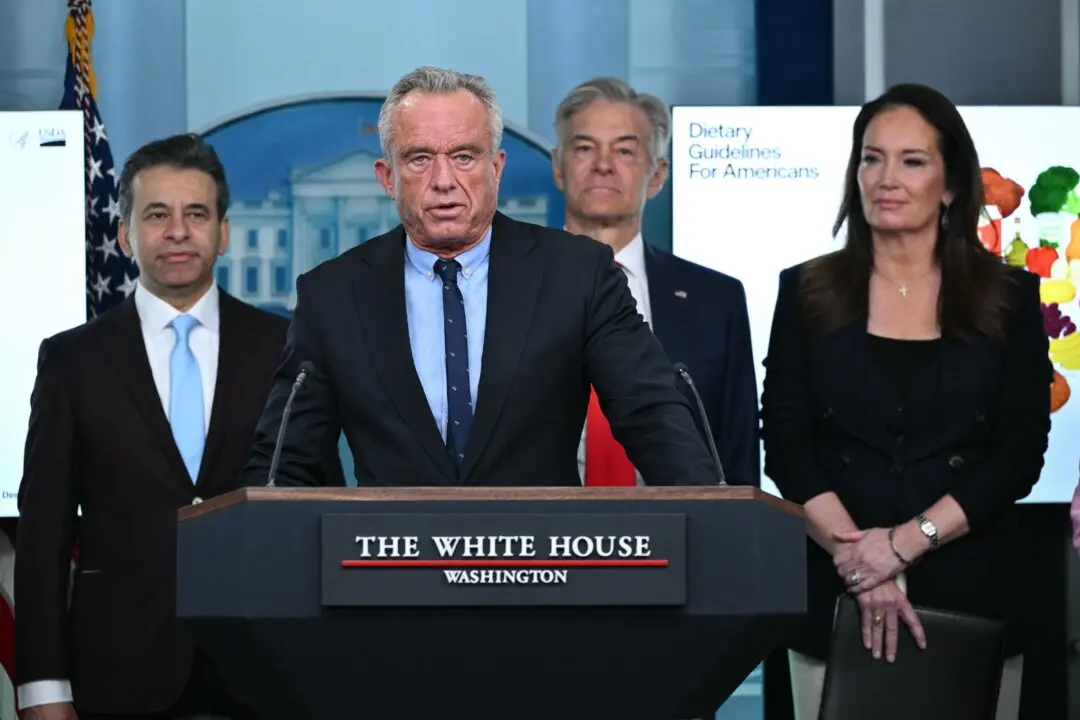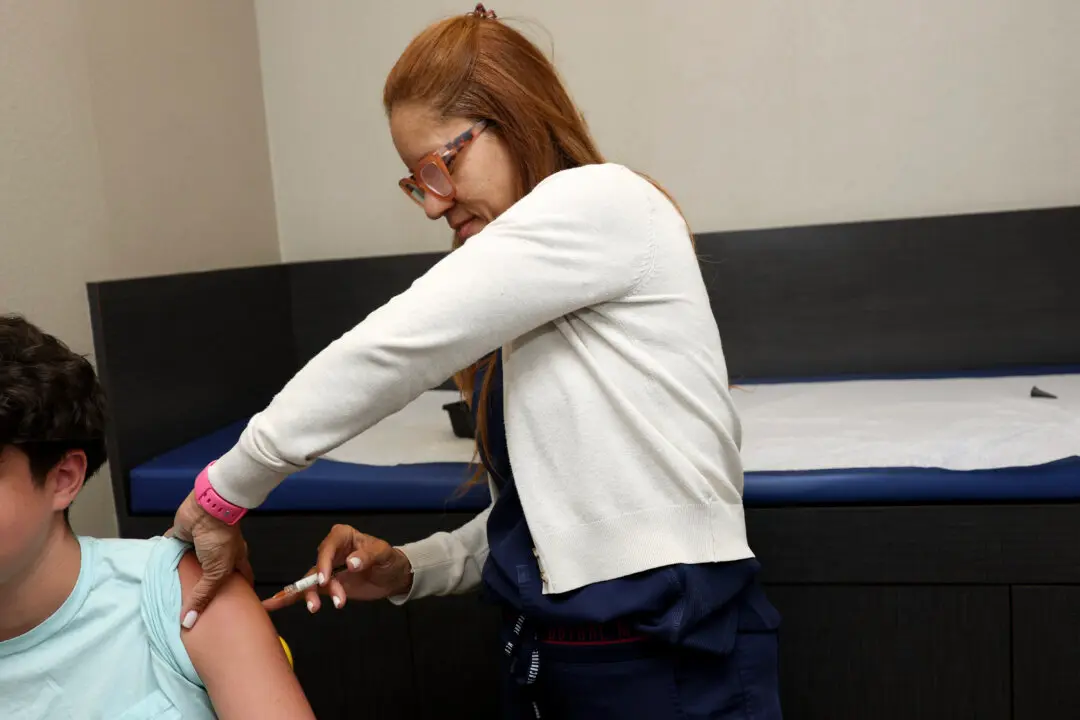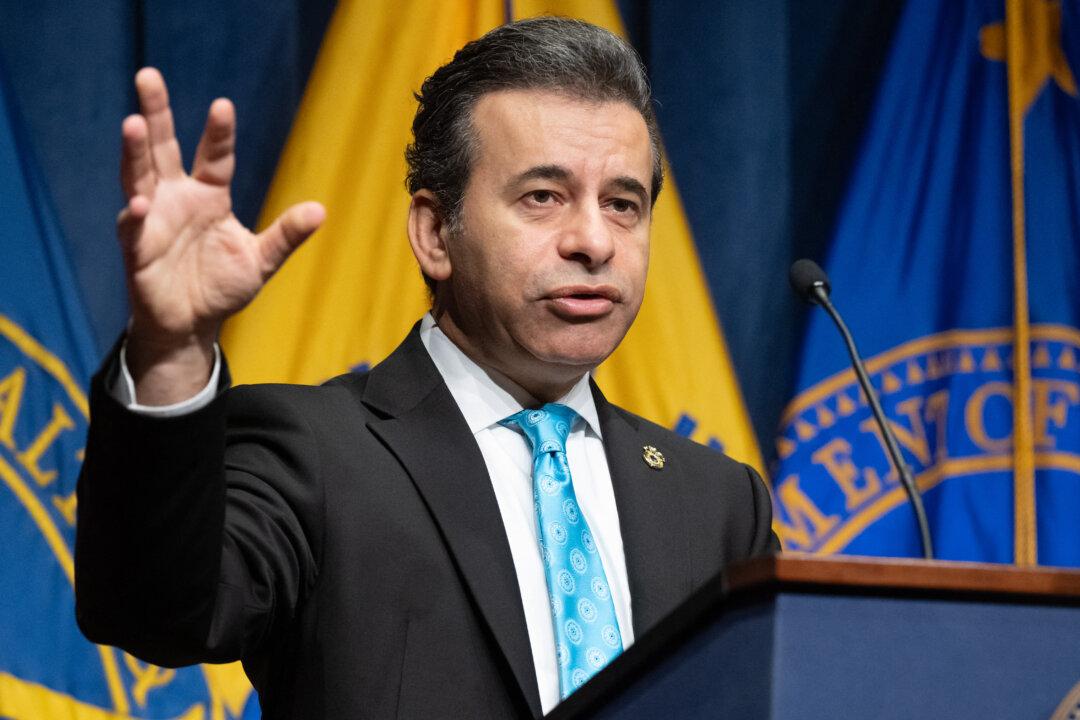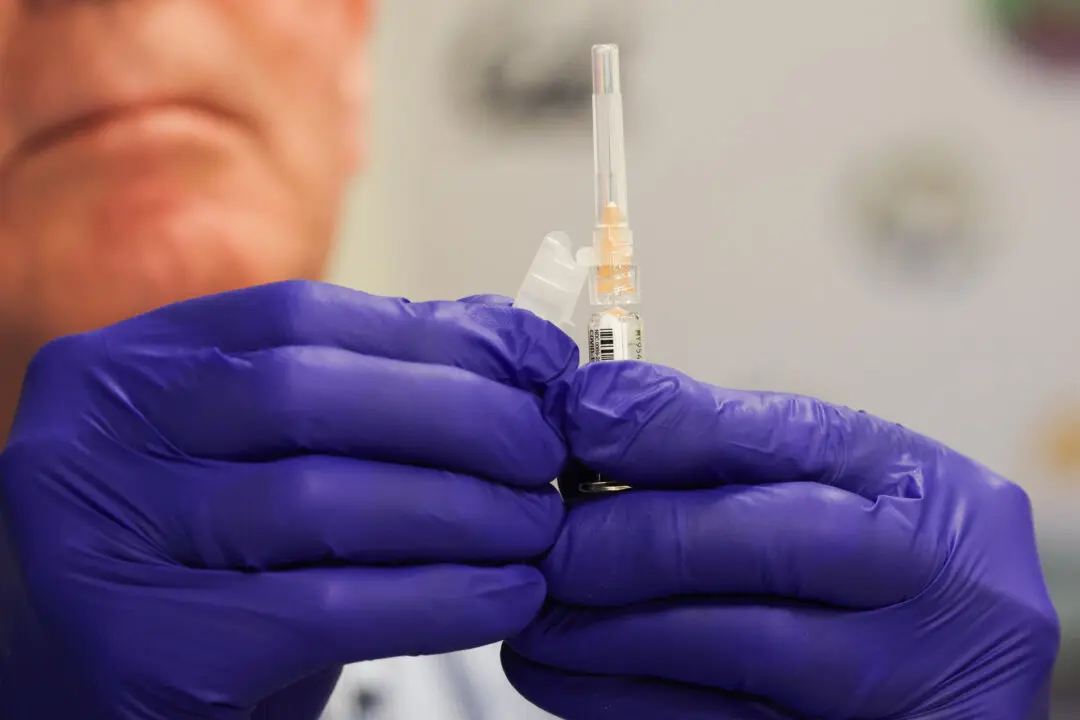Colorado Gov. Jared Polis said a decision to let some businesses reopen was based on his stay-at-home order succeeding in flattening the curve, noting some measures will remain in place for the time being.
The number of confirmed CCP virus cases in the state appeared to jump to nearly 1,000 on April 23 and 718 on April 24, but those cases didn’t actually happen on those days, Polis said during an April 26 appearance on CNN’s “State of the Union.”





